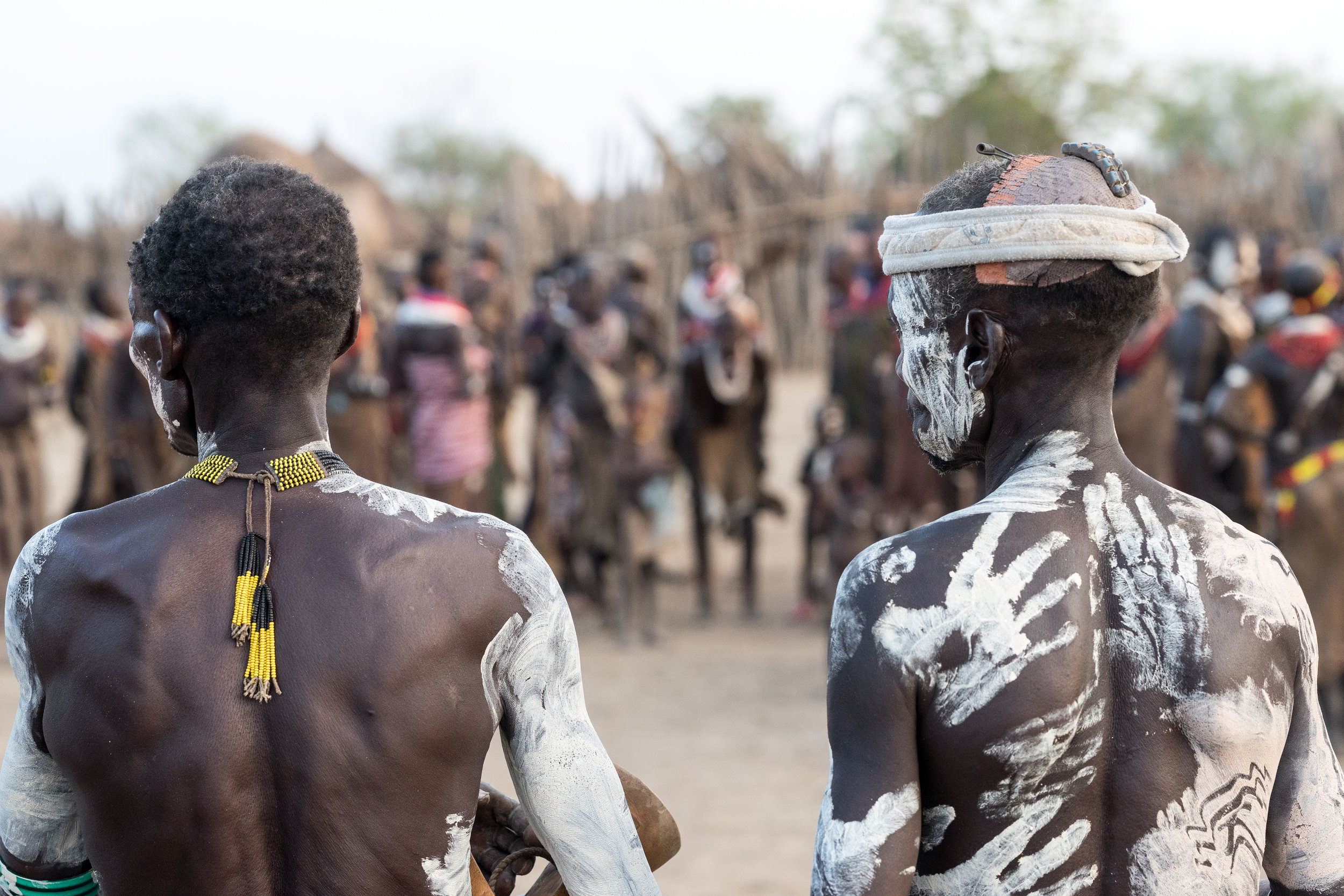Culture
Ethiopia is rightly known for its culture. Home to an orthodox Christian tradition that stretches as far back as 333, its rock churches, its historic civilisations, and its many customs are quite simply extraordinary.
However, if that were all, then we would be ignoring the religions, histories and traditions of a large part of the population. Home to 100 million plus people, just under a half of Ethiopia is Ethiopian orthodox, while a third is Muslim, a fifth Protestant, and the rest ranging from Catholic to Judaic to indigenous religions. On top of this, there are over 80 ethnic groups in Ethiopia, and 82 spoken languages, of which Amharic is lingua franca and Oromo the largest.
Possessing a rich and complex history, Ethiopia is a veritable cultural melting pot, and Wild Expeditions is part-owned and run by individuals who were born into it, have grown up with it, and understand it intimately. As such, as well as exploring the very best of the Northern Circuit, we organise trips journeys into the much less travelled south and east, spending time among the indigenous cultures of the Omo Valley, the Oromo of central Ethiopia, and the largely Islamic cultures of the north-eastern, eastern and south-eastern peripheries. In short, we help people explore some of the lesser-known wonders this country has to offer - as well as the more well known.
Ways of the Omo
The Omo Valley has long been the home of a range of Afro-Asiatic and Nilo-Saharan tribes, including the Kara, the Mursi, and the Hamar, all of which are representative of some of the world’s greatest genetic variances. Primarily agro-pastoralists, the Omo River is their lifeline, its annual floods natural irrigator of fields of sorghum, staple diet for most. Their traditions largely unchanged, their customs are a source of anthropological fascination, a window onto a past much of the rest of the world began to leave behind 10,000 years ago.
Unfortunately, these are also vulnerable cultures. Decades of exploitative tourism has resulted in cultural degradation. The damming of the river has seen an unprecedented failure of the floods. Partnering with the Kara and others, Wild Expeditions champions travel designed to act as a catalyst for sustainable development in the region, and so empower local communities to make decisions about how to protect their livelihoods, cultures and futures.
The Old Testament in 3D
Unless travelling through the Omo and the traditional Muslim areas in the south and east of the country, Ethiopia feels enormously Christian. As a rough rule of thumb, the highlands are Christian, the surrounding lowlands Muslim.
Having evolved out of Axumite Judaism, and in relative isolation, Orthodox Ethiopian Christianity is shaped by ancient Judaic traditions, and by the belief that Ethiopia is home to the original Ark of the Covenant, brought to Axum - so says the Solomonic epic Kebra Nagast – by Menelik, Soloman and the Queen of Sheba’s lovechild. The result is a culture dominated by the myth of the Solomonic dynasty, which claims an unbroken line of 237 kings, from Menelik I through to the deposition of Haile Selassie in 1974.
As well as exploring the rock churches of the likes of Lalibela and throughout Gehralta, Wild Expeditions organises trips designed to immerse the traveller in a culture permeated by belief, by ceremony, and by a way of life that, especially in the rural highlands, continues in much the same vein as it has always done. As many a traveller will attest, travelling Orthodox Christian Ethiopia is akin to stepping into the Bible’s Old Testament.
Secrets of the East
Islam has long been a significant part of the cultural fabric of Ethiopia. It is said that the Axumite Kingdom offered refuge to a group of persecuted Muslim Arabs in the 7th century, and that, in return, the Prophet Mohammed decreed that Ethiopia was to be excused jihad.
True or not, ethnic groups in Ethiopia that are today wholly Muslim include the southeast-based Somali, the Danakil’s Afar, the Harari of Harar, and some smaller western periphery-based groups. At the same time, many ethnic groups are part Muslim, most notably the Oromo.
For many, Harar is Islam’s fourth holiest city, its old town holding 90-plus mosques. To its south, the holy tomb of Sheikh Hussein in Hussein attracts an estimated 50,000 pilgrims a year. To the north, and known for their fierce independence, the Afar clans of the Danakil Desert are pastoralists and keepers of the salt routes that run to and from salt flats located near the likes of Dallol.
Very much off the beaten track, much of the Eastern Circuit offers the traveller an experience of an Ethiopia much influenced by a range of cultures, and as much by Islam as it has been Christianity.










